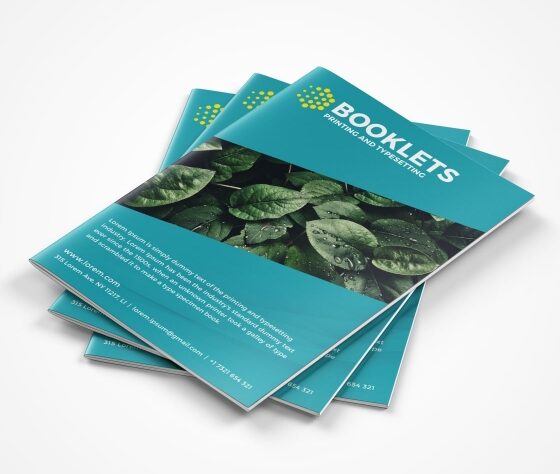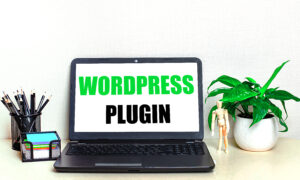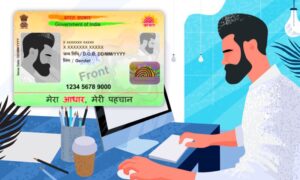
In this digitalized era, many businesses are struggling to find the right marketing approach to stand out from the crowd. There are various avenues to reach your audience, but the most effective and affordable means is through booklet printing.
Booklets are the best choice for return gifts at exhibitions or trade shows. They serve as the perfect promotional material for your business. Their attractive images and tangible natures make them a popular choice in the printing world. Unlike books, booklet printing isn’t lengthy or boring. They are engaging and offer a big scope to display your company culture, products, and team values.
Before you head to affordable booklet printing, follow our guide to prepare the most effective booklets. So, let’s proceed.
1. Purpose of Printing
Your first step is to find out what is the purpose of printing your booklets. The answer will vary based on your business type and model. Are you looking to spread brand awareness? Do you want to bring in more customers? Would you like to promote a cause? Is it primarily instructional or just for displaying your products?
When you have answers to these questions, it becomes easier to match your requirements to your purposes.
2. Orientation and Size of Paper
The most common orientation of booklet printing Canada is a portrait with sizes of 5.5”x8.5” and 8.5”x11”. They are affordable and these standard sizes are favored by many. In case you want a horizontal page model, you can go for landscape orientation. Its width is larger than its height. They are ideal for menus in restaurants, children’s rhyme books, food brochures, fashion booklets, etc. In case you want to add more pictures with less text, landscape might be the best choice.
Custom-size booklets can be printed as per your requirements. However, the price might increase significantly in this case.
3. Paper Material
You will find different types of paper for custom booklet printing, such as thick, lightweight, matte, glossy, etc. Select materials depending on their business purpose, readability, and the expected duration the booklet might stay with a recipient. In case you are printing manuals, reports, or instructional booklets, you can choose thick papers for more durability. On the other hand, if you choose temporary items, such as posters, flyers, or brochures, then you go for the most affordable paper type.
4. Image Colors
You need to make sure that the images you are printing online Canada are of high quality, with a 300-dpi or higher resolution. To get more clarity, the resolution has to be crisp and this also depends on the paper quality. In case you are looking for a more vibrant look, choose CMYK-color mode for commercial purposes.
5. Proofreading
Once the parameters have been set for sending the booklet to an online printing service, make sure that your check is error-free. Don’t forget to check for probable grammar mistakes. You will find online tools that help you check grammatical errors. Make the last-minute edits prior to booklet printing because once a batch has been printed, it can be difficult to change them later.
Check the spelling of the designations and names, and verify the brand address and logo of the company. Similarly, ensure you double-check all crucial details.
6. Leave Enough Space for Binding
When you are crafting artwork for bound publication, make sure there is enough space for binding to keep essential content from being reduced or becoming challenging to read. It is particularly important for perfect-bound documents, as text placed too close to the fold on the inner edges, might become obscured.
Make sure that you are getting a test print of the booklet before bulk production so that you can spot the probable mistakes and make the required corrections.






